Lovebirds are highly intelligent and affectionate birds. They are suitable for beginners, but they do require more attention and care compared to other species. It’s best to keep them in pairs as they need a lot of attention and affection. Lovebirds are small and stocky parrots, measuring between 5.1-6.7 inches (13-17 cm) in length. They have a large beak and a tail that is either round or square in shape. Typically, lovebirds live for around 10-12 years, although some may live even longer. The oldest recorded lovebird lived for 17 years.
Care and feeding of birds :
Lovebirds enjoy taking a bath either by using a flat earthenware dish or by being sprayed with a light mist of lukewarm water. If you provide a bathing dish, you will see the birds perch on the edge, dip their heads and upper bodies in the water, and flap their wings. Lovebirds prefer this kind of bath to getting into the water.
Lovebirds generally maintain their nails and beaks on their own through climbing and chewing. However, it’s advisable to consult your vet about nail trimming.

In the wild, lovebirds feed on seeds, berries, fruits, grains, grasses, leaf buds, and crops such as corn, maize, and figs. A lovebird’s diet should consist of 1 1/2 to 2 ounces (45-60 grams) of feed daily for a single bird. A suitable diet for lovebirds generally includes a small parrot mix along with a variety of supplements and vitamins. Alternatively, a formulated diet along with greens, fruits, and vegetable supplements but without additional vitamins is also considered suitable and is a more current trend.
Supplements are an essential part of the lovebird’s diet and include fresh vegetables, greens, and tree branches for the bark, some fruits, and millet spray. Berries, apples, grapes, pears, bananas, and kiwi are some of the fruit supplements, while spinach, endive, watercress, chickweed, radish, parsley, dandelions, carrot tops, and corn on the cob, peas, endive, field lettuce, and various garden herbs are some of the greens and vegetable supplements. Additional proteins such as nuts, unshelled peanuts, hazelnuts, walnuts, Brazil nuts, and chestnuts can also be offered. A cuttlebone or gravel and oyster shell in a separate dish should be provided to provide calcium. It’s important not to feed avocado to birds as it can be toxic for them.
Their food and water dishes should be earthenware or porcelain as lovebirds will chew the plastic dishes, which can be lethal. Lovebirds drink a lot of water, so it’s essential to change their water dishes frequently throughout the day.
The housing of birds:

Lovebirds are highly active birds, which means that they require a spacious cage to live in. A minimum of 32” x 20” x 20” (81 x 50 x 50 cm) per pair of birds is recommended, along with four perches, water and food dishes, and an area for a bath. The cage should be placed on a stand or hung from a wall bracket at eye level or 6’ off the floor. Ensure that the cage is well-ventilated, has good lighting, and is free from drafts. Keep it away from doors and windows to avoid direct sunlight, which can make it excessively warm. Place it against a wall for a sense of security.
The average daytime temperature should be between 60oF to 70oF, with nighttime temperatures dropping to 40oF. Generally, the temperature that is comfortable for you is also suitable for your bird. Watch out for signs of temperature-related discomfort, such as birds that remain fluffed up due to cold or those that pant and hold their wings away from their bodies due to overheating. Cover the cage at night to prevent disturbances and drafts.
Lovebirds need a special resting place, such as a nest box, which should be placed up high, all at the same level, and of the same type to prevent fights. A lovebird’s nest box should be 8″ x 8″ x 8″ (20 x 20 x 20 cm) or 10″ x 6″ x 6″ (25 x 15 x 15 cm). Check for eggs and remove them as soon as possible to prevent overcrowding, considering that there are already many homeless animals out there.
Maintenance of birds:

Basic cage care includes daily cleaning/changing of the food and water dishes. Plain newspaper can be used to line the bottom of the cage and should be changed daily to prevent diseases and illness. Weekly, you should clean and disinfect the cage with warm, soapy water or an avian cage disinfectant. Wash and completely dry the perches and toys whenever they become soiled.
Social Behaviors are very important :
Lovebirds are social birds that require companionship. It is recommended to keep them in pairs to ensure their good health and happiness. If you have a single lovebird, you must provide the necessary social interaction that it is missing from another bird. Lovebirds form strong bonds with their keeper or their mate.
However, lovebirds can be aggressive towards other birds, so it is important to ensure that all pairs get along and are true “pairs” that are not mismatched. Mixing different species of lovebirds is not recommended, as they will fight. Bonded pairs groom each other and feed each other from the crop during the breeding season and all year round.
Lovebirds are known for their constant chattering throughout the day. They may hide in their nest box when startled by sudden noises or potential predators or during cold and windy weather.Handling/Training
To have a tame lovebird, choose a young single bird. Young birds have an amazing ability to learn tricks and be affectionate, whereas adults are very difficult to tame and generally won’t learn a lot of tricks or imitate behaviors. Hand-raised youngsters are easiest as they are already quite socialized and tame, but are not always available.
Taming involves acceptance and trust between you and your bird. It means spending a lot of time with your bird daily. Start with talking softly and making slow movements. Once your bird is comfortable with you, then you can begin hand taming. Use a dowel and push it gently against the bird’s chest while offering a treat to coax it up onto the dowel. This may take many tries. Once it is comfortable with stepping up onto a dowel, substitute your finger for the dowel.
Lovebirds are not considered one of the best talkers, and only some may learn a few words.
Activities of birds:

Lovebirds awaken with the dawn, get a drink, eat, and then immediately begin to chirp. They will generally quiet down by mid-morning and resume their chirping in the late afternoon.
These birds are very active, flying and climbing about, gnawing on wood or chewing toys, and grooming themselves all day. They love toys of all kinds, such as seed bells, swings, ladders, mirrors, shiny objects, and wooden gnaws. They are natural paper shredders, so be sure to provide them with dye-free paper to play with. A lovebird outside of its cage will not stay in its playpen since they like to explore. Be sure that any room that your lovebird is playing in is free from open doors or windows, water containers such as drinking glasses, and toilets/sinks, and that they are never near a hot stove. You should always monitor your bird when it is out of its cage!
Problems :
Signs of illness to be aware of are if a bird seems withdrawn, feathers are ruffled, and the plumage is dull, sits with its eyes closed for long periods, eyes are watery or dull, runny nose, sleeps a lot, loses interest in its environment and stays at its feed dish. The droppings may change colour and be loose (if healthy, they are greyish-white and not too thin). Also a lot of tail bobbing, dropping off its perch, odd breathing, sneezing, and excessive scratching. Some of the common illnesses your lovebirds could contract are injuries from fighting, Psittacine Beak and Feather Disease, Polyoma Virus Infection, yeast infections (Candidiasis), Avian Pox Virus Infection, bacterial infections, internal parasites, mites, ticks, egg binding, intestinal influenza, coccidiosis, respiratory ailments, and diarrhea. An ailing bird should be taken to an avian veterinarian for diagnosis and treatment immediately!



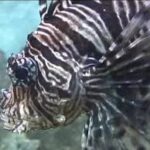

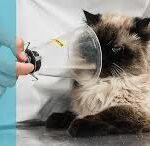


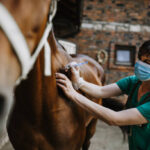
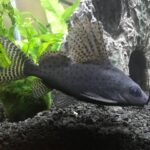



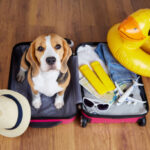
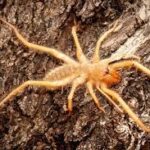
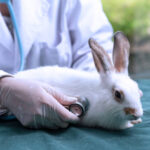
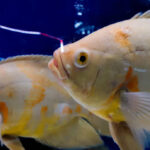
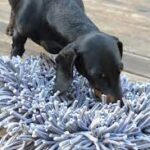

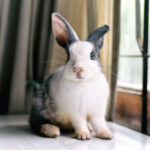

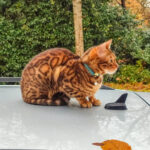
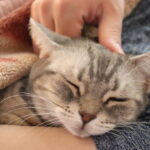

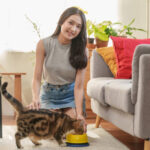
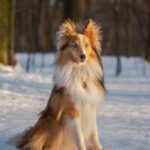




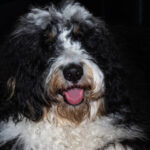
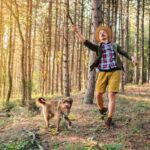
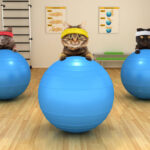



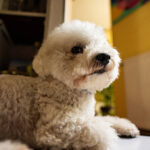



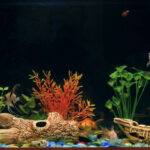

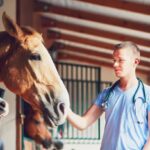

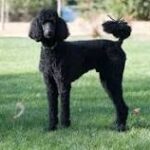

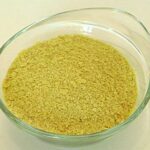


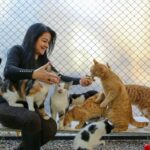







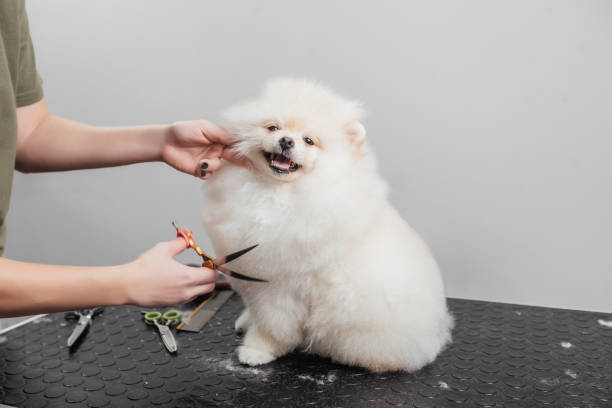
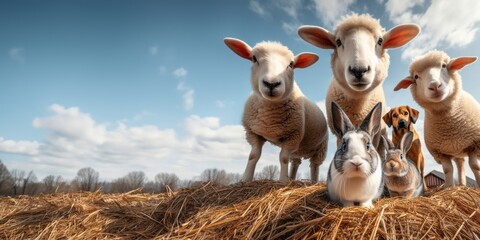
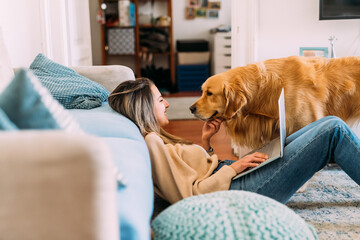

Ariyah Stafford